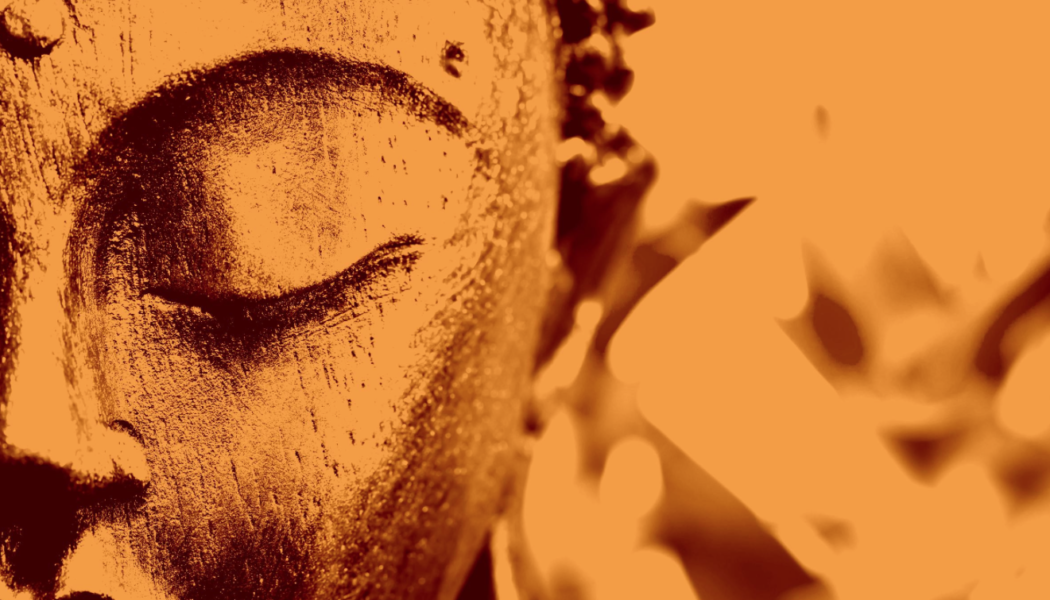Yoga & Meditation
The Benefits Of Meditation + Overcoming 5 Most Common Struggles of Meditation
The Benefits Of Meditation It seems that research centered around the benefits of meditation have now been rolling in steadily validating the ancient wisdom common to both Ayurveda and Yoga. Ayurveda is an ancient science which literally means ‘the science of life’. A basic fundamental premise to both Ayurveda and Yoga is that – both a sound mind and sound body are integral to one’s overall health and well-being. “Meditation is mind without agitation.” – Narasimhan Just Some Of The Potential Benefits Of Meditation: – greater clarity and inner calmness – increased creativity and happiness – improved sense of emotional stability – reduced level of anxiety and depression – improved brain function and memory – reduced level of stress ̷...
Yoga – What is it exactly?
What Is Yoga? Yoga is literally translated as ‘Union’ What does union mean in Yogic context? Yoga is union and means non-duality, oneness! It comes from the Sanskrit root “Yuj” which means to join. Yoga is harmony, union, meeting, (connecting) together. We tend to think about Yoga in the term of asanas [postures], but that is not only about that. Yoga is union with the Lord, the Atman which resides in the body, unifies itself with its creator (Lord, God, Supreme Soul or whatever you refer to). Yoga comes in order to help the body and mind focus, and stay firmly established in the self and finally in the Lord. This union mentioned, works also for behavior, daily routine, and all aspects of life. To be established in this oneness, one needs to be equanimate in every s...
Purifying The Mind With Pratyahara ~ A Yoga & Ayurvedic Approach
The conscious withdrawal of the senses or pratyahara is thought to help purify the mind Just as a healthy body can resist toxins, a healthy mind can ward off the negative sensory influences around it. In today’s modern times, most people suffer from sensory overload from television, cell phones, radio, computers, newspapers, magazines and books. Society functions on stimulation through the senses. When we watch violent acts on TV etc. we are absorbing that into our system/mind and each impression has an impact on our mind, positive or negative. If one is easily disturbed by the noises and turmoil in their daily lives, then you may need to practice withdrawing your senses in order to help avoid paying too much attention to these disturbances. Indriya-pratyahara, or control of the senses, i...
The Real Power of Mantra
THE REAL POWER OF MANTRA Amantram akṣaram nāsti, nāsti mūlam anauṣaḍham Ayogyaḥ puruṣo nāsti, yojakas tatra durlabhaḥ There is no syllable that is not a mantra, no root that is not medicine; There is no person who is not born with a use, but it takes skill to find these things. In everyone’s horoscope, there are key sounds, or mantras, that reflect various aspects of the personality. They are based on the individual placement of planets at the time of ṭheir birth. Vedic astrology makes use of these (what are sometimes called sacred or ‘primordial sounds’ ) for naming people and businesses, for meditation, and even for finding compatible partners. Such short ‘seed syllables’ or bīja mantras are practicable for Westerners because they are not particularly difficult to pronounce. But prob...
Prajnaparadha [Crime Against Wisdom] ~ An Ayurvedic Perspective
Prajnaparadha [Crime Against Wisdom] ~ An Ayurvedic Perspective We as humans are wonderful. We may not be perfect and that is perfectly okay. Often we make mistakes regarding the food we eat, the time we sleep, and the endless hours of work in daily life. “Prajnaparadha” [crime against wisdom] is willfully ignoring one’s inner knowing — going against our intuition and common sense. According to ayurveda, prajnaparadha is considered to be the root cause of nearly all diseases. Simple Examples Of Prajnaparadha Any choice we make in life, whether that choice involves work or home life, will inevitably create an impact on our overall health and well-being. When one has eaten enough and is full yet still eats more food because it tastes so good. When one is very tired and should tak...
BALANCE: CONCEPT IN YOGA & AYURVEDA
WHAT IS BALANCE? The word balance brings about a mental image of equilibrium to both the mind and body. It often reflects a middle path in any aspect of life and relates to a feeling of calmness and steadiness. Balance means to come into our center and being able to function from that center, in each moment. It follows naturally that a well balanced person reflects excellence in health. It is thought that every human being (with exceptions) is born with an optimal blue print aligned with universal principles. However, as we continue the process of development, several factors influence us and may take us away from a balanced alignment [i.e. wrong diet, lifestyle, relationships, trauma, abuse, accidents and past karma]. NATURAL TENDENCY TOWARDS BALANCE: We, as human beings, are constantly ...
Panchamaya Koshas ~ The Five Sheaths
Panchamaya Koshas ~ The Five Sheaths This knowledge is taken from Taittiriya Upanishad. It is said there, that our true nature is hidden from our perception because of the five sheaths which enclose it. Annamaya Kosha The first yoga body, Annamaya Kosha, literally means “body sheath made of food, which is an illusion”. This is our physical body. The physical is created and sustained by food. If the quality of food is high, the illusory nature of the body is more readily perceived. This is one reason why fresh and seasonal food such as fruits and vegetables are recommended as a yogic diet. Eating fresh food prepared immediately before eating results in increased vitality available to nurture this “food body”. When we eat overcooked food, stale food, or even animals t...
Yoga and Ayurveda for a healthy and balanced life
History: Yoga and Ayurveda both arisen from the Vedas, the ancient Indian books of wisdom. Both Yoga and Ayurveda share the same philosophy of creation (Sankhya), this is why they are called “sister sciences”. Later, Charka and Sushruta Samhitas have arisen (around 400-200 BCE). Charka Samhita deals more with medicine, while Sushruta deals more with Surgery (Shalya). Ashtanga Hridayam of Vagbhata and Ashtanga Sangraha were written later (around 4th century AD). Yoga, which was first introduced in Rig Veda (as Ayurveda), and later by Srimad bhagavatam and the Bhagavad Gita, is a bit different from the Yoga as we know it today. Hatha Yoga was first written by Yogi Goraknath, and later Rishi Patanjali introduced “Patanjali Yoga Sutras” which is much known today. More t...








![Prajnaparadha [Crime Against Wisdom] ~ An Ayurvedic Perspective](https://healthyayurveda.com/wp-content/uploads/2015/07/Screen-Shot-2015-07-18-at-6.41.22-PM-1050x600.png)
![Prajnaparadha [Crime Against Wisdom] ~ An Ayurvedic Perspective](https://healthyayurveda.com/wp-content/uploads/2015/07/Screen-Shot-2015-07-18-at-6.41.22-PM-80x80.png)





